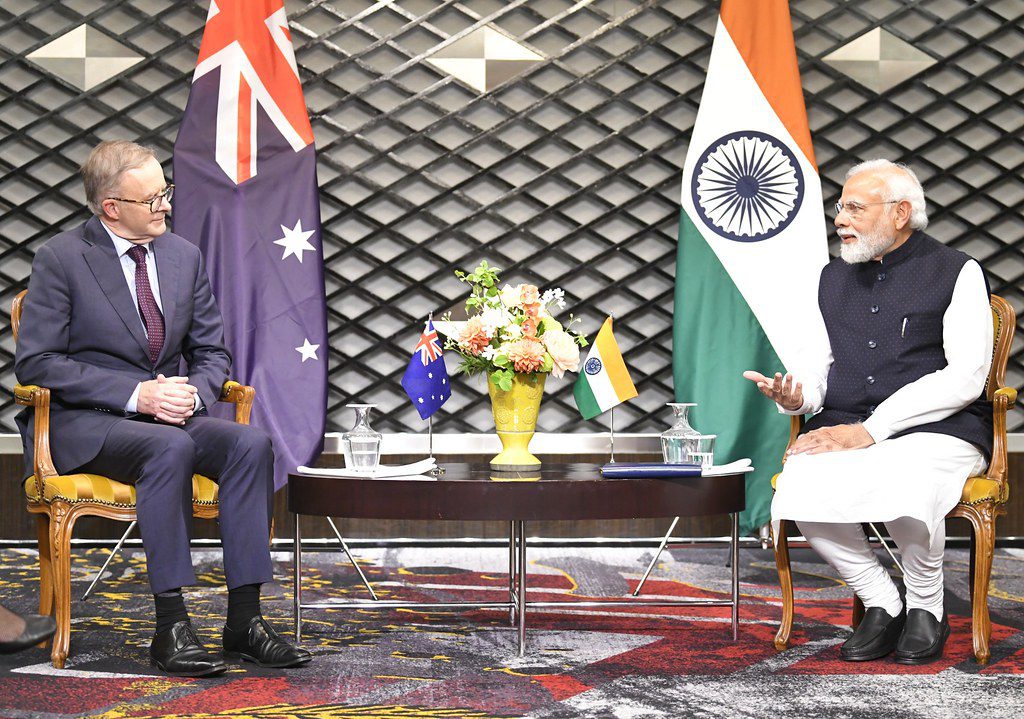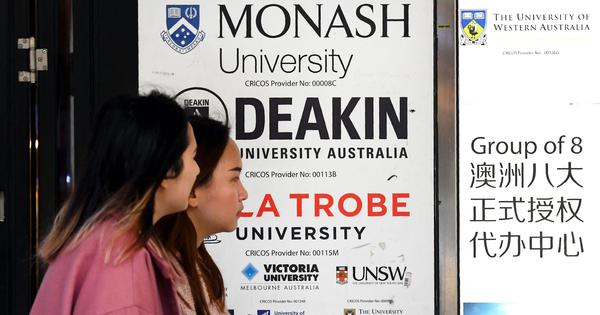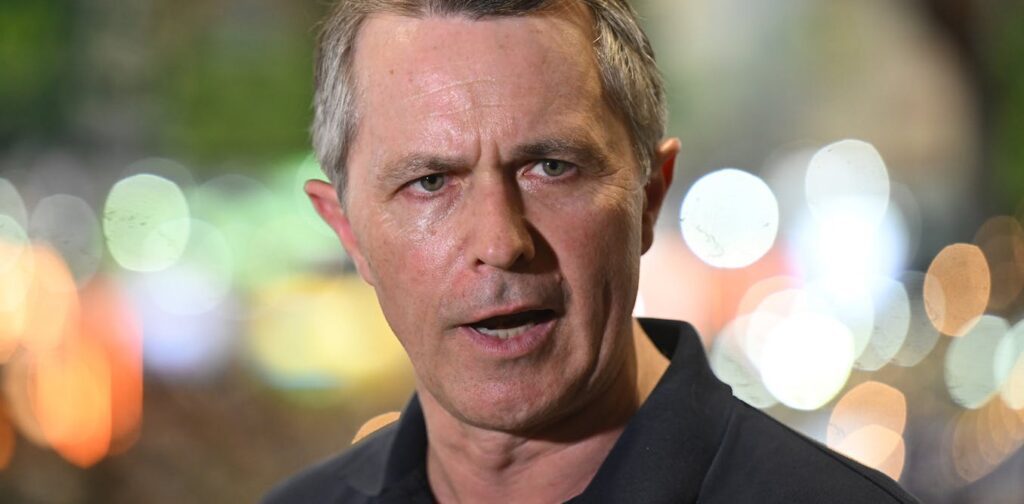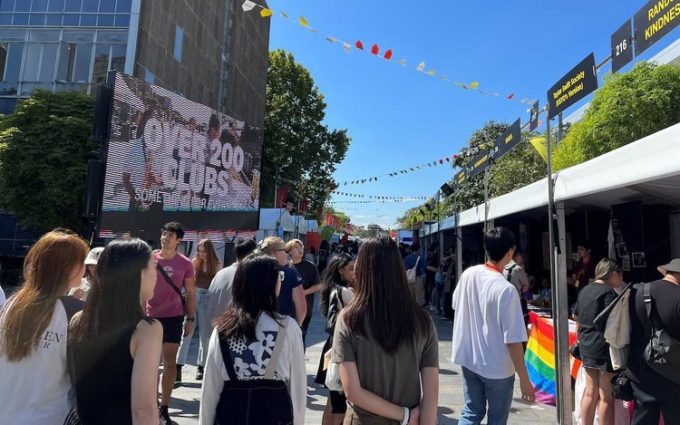Why Are International Student Numbers Rising in Australia?

Changing Landscape for International Students in Australia
Last year, a heated debate erupted over international student numbers in Australia. Both sides of the political spectrum were accused of using the tertiary education sector for their own benefit.
Fast forward to 2025, and the federal government is now rolling back its plans to cap foreign student entries, announcing a welcome increase of 25,000 places for the upcoming year. Meanwhile, the opposition is also advocating for a more considerate approach to international education.
This brings us to an important question: Will the cap ever be reinstated? And what does this mean for international job seekers planning to migrate?
What’s New for International Students?
Starting next year, the international education sector will be allowed to grow by an additional 25,000 places, bringing the total to 295,000 for 2026.
This is a positive signal for those considering studying in Australia, as all providers will get as many student allocations as they currently have.
In 2025, the planning level for international students was set to 270,000, but now it’s expected to rise significantly.
The education department noted that this new figure is still about 8% less than the peak seen in 2023, and there are signs that student numbers are on track to meet those planning levels.
Public universities can lobby for even more places if they show engagement with Southeast Asia or help provide additional student accommodation—initially, the cap was meant to help alleviate housing pressure. Particularly valued groups, such as students from the Pacific or Timor-Leste, will receive priority in visa processing.
The Minister for Home Affairs, Tony Burke, mentioned that these changes aim to ensure that student visa processing supports both genuine educational outcomes and Australia’s strategic interests.
A Glimpse into Past Procedures
Previously, the government tried to limit international student numbers by slowing visa processing—a move that raised eyebrows as a form of political posturing.
In late 2024, a new directive, known as Ministerial Direction 111, was introduced. This directive specified two categories of student visa processing: “high priority” and “standard priority.
Under this directive, all international providers received high-priority processing for up to 80% of their expected student numbers, which represented a shift away from arbitrary caps that favoured certain universities and nations.
The education department plans to replace Ministerial Direction 111 with an updated directive in 2025 to better manage student visa priorities in line with the new allocations.
A Sustainable Future for International Education?
The international education sector will remain tightly governed by the Australian government. Starting in 2027, the new Australian Tertiary Education Commission will oversee growth, indicating a shift away from a market-driven approach.
The Education Minister, Jason Clare, noted that this sector is crucial for the Australian economy and must grow sustainably. The new planning levels offer much-needed certainty to maintain a high-quality educational experience for international students while aligning with national priorities.
However, some experts suggest that despite these reforms, other migration policies could still affect total student numbers.
Reactions from the Education Sector
Universities Australia’s CEO, Luke Sheehy, expressed support for the government’s recent changes, describing them as “sensible” and likely to bring stability. He mentioned a willingness to collaborate with the government on designing a more robust framework for the sector.
On the flip side, international students are pleased with the changes but caution that more needs to be done to attract students back to Australia. Weihong Liang, an international officer at the Council of Australian Postgraduate Associations, called for a renewed focus on student welfare, particularly in light of rising visa fees.
Are We Done with the Debate Over International Students?
Senator Mehreen Faruqi of the Greens accused politicians of using international students as a “political football.” She pointed out that policies from both major parties have tarnished Australia’s reputation and led to falling university rankings.
Conversely, the opposition has toned down its rhetoric and is now advocating for a more considerate strategy in managing international student numbers, acknowledging the need for clarity.
What’s the Bottom Line for International Job Seekers?
For those considering moving to Australia or obtaining permanent residency (PR), these changes present positive opportunities in the job market. With an increase in international student places, there will be a demand for skilled workers who have gained qualifications in Australia.
If you’re contemplating making the leap to study or work in Australia, these developments could make your journey smoother and more rewarding.
What do you think?
Have a question about this topic or your own plans to move to Australia or New Zealand? Scroll down and leave a comment. We’d love to hear from you.
Thinking about moving to Australia?
Join our free and supportive community at Oz Visa Forum.
Post in our forums to get advice and support from people who’ve already made the move.
Not sure where to start? Click here to get started.







Responses